

When Christopher Columbus, in the distant year of 1492, set foot for the first time on the soil he believed to be India, entering what is now known as the Bahamas, he probably didn't realize the extent of the paradise he had discovered. And even if he had been aware, he was undoubtedly far from realizing what a paradise it would become for modern-day vacations.
In the centuries following this historic event, the Caribbean became a place of adventurers and pirates, slave traders and plantation owners, a theater of conflicts, a source of great wealth, and a place marked by the rigid class structures of old Europe. A reality where pirates, privateers, and settlers sought wealth, freedom, or even a fresh start. The Spanish, French, English, and Dutch all have left their mark on the heritage of the islands, which still today are permeated with this multicultural charm.
The beauty and history of the Caribbean also extend underwater, where the wrecks of ships that have become mere memories of the ruthless competition that once existed on these islands now lie. Where there used to be gold, tobacco, sugar cane, rum, and the slave trade, there now stands a true paradise for those seeking relaxation, adventure, and fun.
Whether of Spanish, French, or English origin, the friendliness, hospitality, and relaxed pace of the Caribbean bind this island reality with an invisible red thread. What truly makes these places fascinating are the unions of different cultures and historical legacies that have shaped many aspects, especially cuisine, language, and culture. A melting pot waiting to be discovered!
This article aims to give you a brief introduction to what awaits you in the Caribbean, a quick look at the land and the people, nautical aspects, culinary delights, and culture. A Caribbean yacht charter is the best way to explore these paradisiac islands, so grab your best bottle of rum and embark on an adventure with us!
.
Getting to the Caribbean from Europe is straightforward. Major European cities like London, Paris, Frankfurt, Madrid, and Amsterdam often offer direct flights to the Caribbean, and the flight takes about 7/8 hours to reach the destination.
Common Caribbean destinations for direct flights from Europe include Punta Cana (Dominican Republic), Kingston (Jamaica), and other islands like Barbados, Antigua, Saint Lucia, and so on.
Most European countries do not require a visa for tourist travel to the Caribbean, as long as the stay is short and does not exceed 90 days. It is advisable to consult the official website of the government of each destination for the most up-to-date visa requirements and entry information.
.
The Caribbean is made up of more than 5,000 islands, reefs, and coral formations. Here, you can indulge in both simple coastal cruising and offshore sailing: there's something for sailors of all experience levels.
Around the Caribbean islands, you'll find many shallow-water spots perfect for reaching by catamaran. Sailing yachts are also popular, allowing you to discover dreamy bays with perfect anchorages and stunning sunsets.
Let's explore some of the most popular destinations:
The British Virgin Islands are considered the ideal destination for an introduction to the Caribbean, with their enchanting islands, turquoise seas, dreamy beaches, and excellent facilities for sailors. The 60 islands in the archipelago are not far from each other and are well-protected from the large Atlantic waves.
Short distances, marinas, and mooring fields may remind you a bit of the facilities in the Mediterranean, with bars and restaurants always available right on the beach or in the surrounding areas – typical services in Caribbean seaside resorts. Consult our blog for more information on the British Virgin Islands.
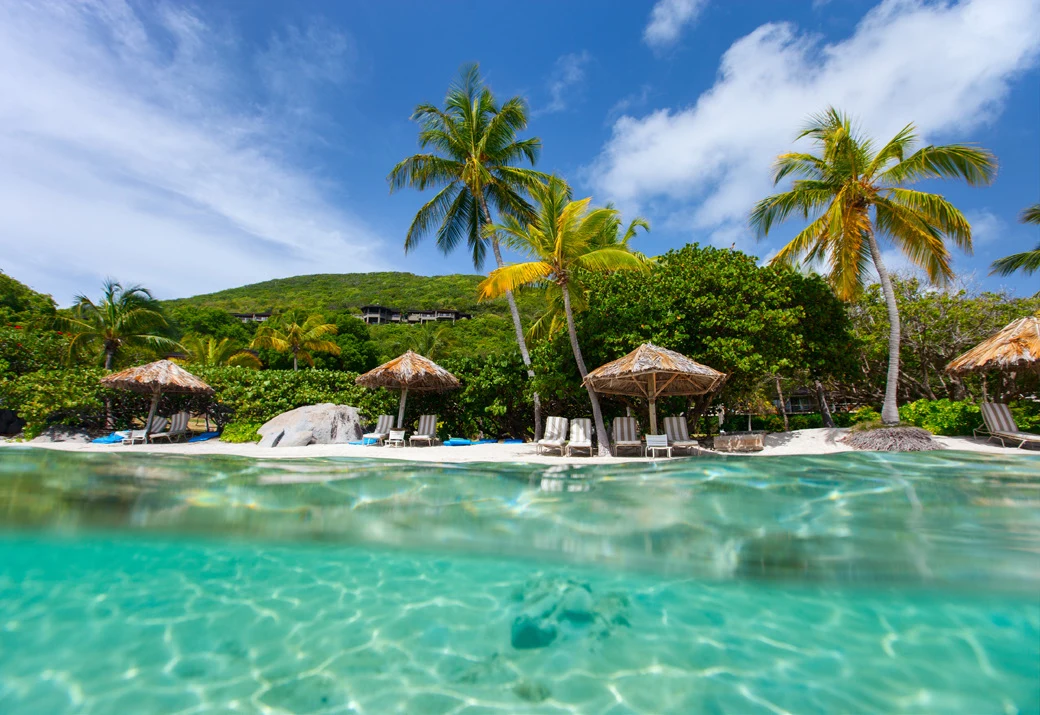
More than 700 islands, of which only 30 are inhabited and well-protected from the Atlantic: these are the Bahamas. Here, too, short distances and white-sand beaches attract many tourists who come to relax and have fun at beachside bars, resorts, and marinas, especially on the Abacos Islands. The Exumas, in the southernmost area, remain a wild and remote spectacle.
Both areas are only 200 nautical miles apart but require time to explore. The long chains of islands offer protection from the open Atlantic waves, while the shallow stretches of water between the islands sparkle in turquoise and are perfect for a catamaran vacation. With a monohull, it's advisable to keep an eye on the depth gauge!
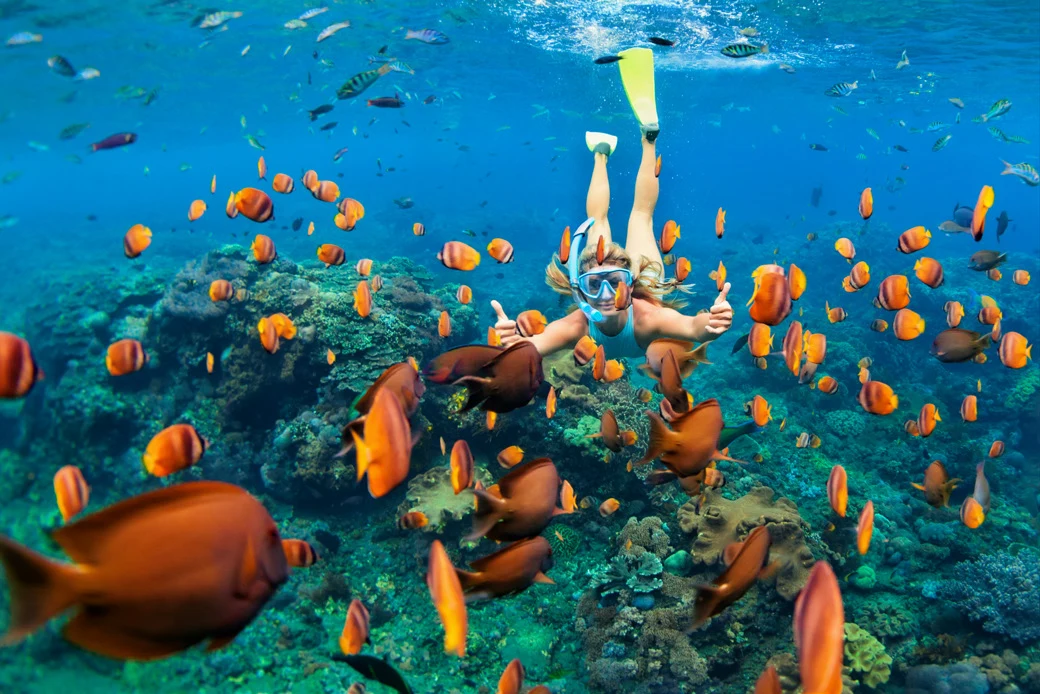
There is no better place to fully savor the cultural diversity of the Caribbean than the Leeward Islands, an archipelago consisting of Saint Martin, Sint Maarten, St. Barthélemy, Anguilla, St. Kitts and Nevis, Antigua and Barbuda, Guadeloupe, and Montserrat. They stretch over an area of about 200 nautical miles and were once English, Dutch, and French colonies. Here, you can enjoy some of the most spectacular Caribbean landscapes!
Given the variety of islands, it is very difficult to visit them all in one trip, so often, visitors choose to explore two or three neighboring islands, such as Antigua and Guadeloupe, for example.
St. Martin, of French and Dutch origins, is the epicenter of nautical tourism in the Leeward Islands. This is where you'll find our main charter bases, as well as all the facilities dedicated to sailing. The island also hosts one of the main airports to reach the Caribbean.
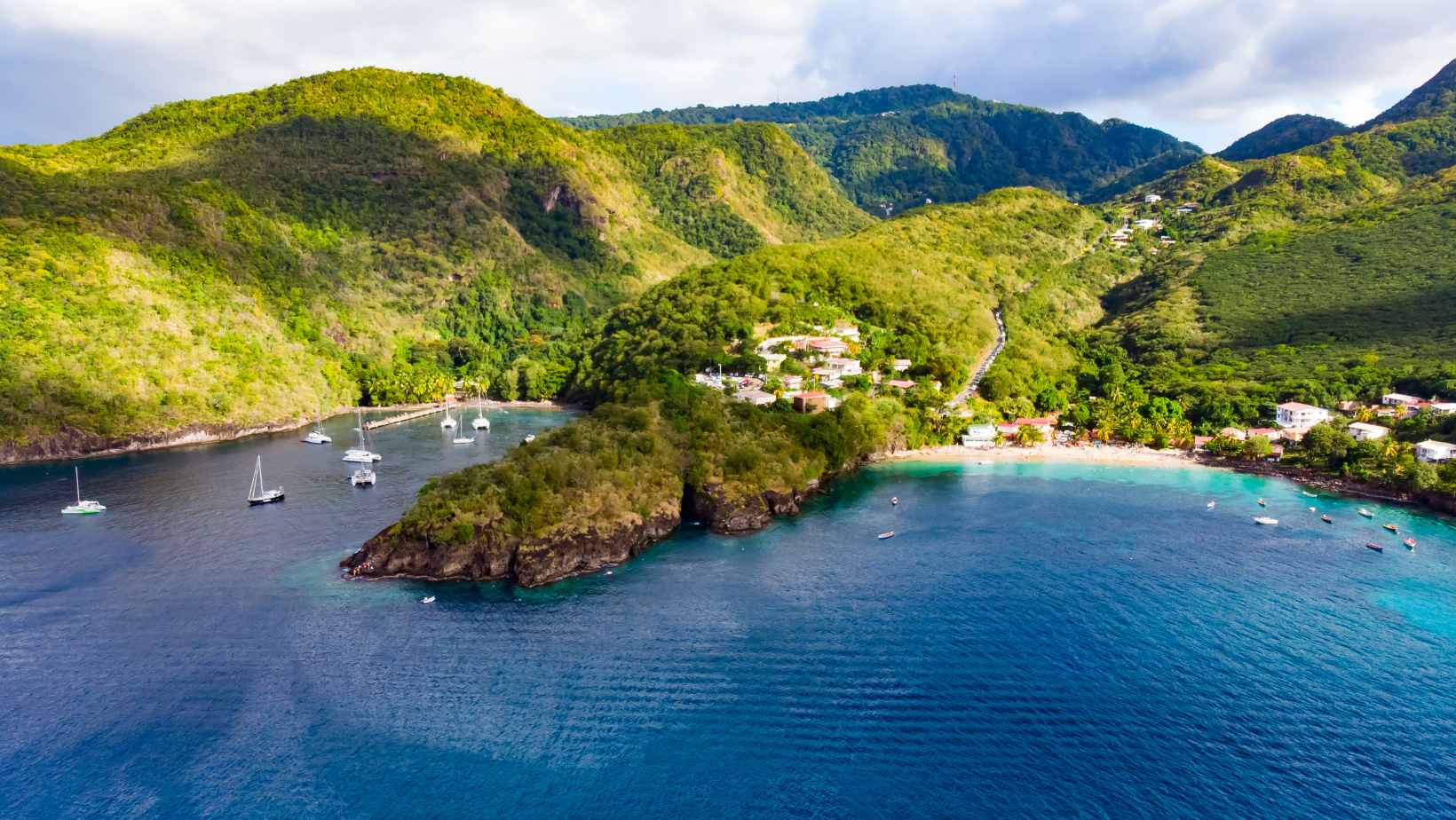
Another classic Caribbean destination is the Windward Islands: Martinique, Dominica, St. Lucia, St. Vincent, Grenada, and the Grenadines. This chain of islands extends in the southern part of the Caribbean arch, spanning more than 150 nautical miles, and it takes about 5 or 6 hours to sail from north to south.
Here, the Atlantic waves are more imposing, so it is advisable to sail on the west side to encounter calmer seas. In this case too, the distances between the various islands are short, especially among the multiple islets of the Grenadines. Martinique is a great starting point, but the Grenadines, with their postcard-perfect Caribbean charm, can be the focal point of a pleasant two-week vacation. St. Lucia offers an excellent alternative starting point.
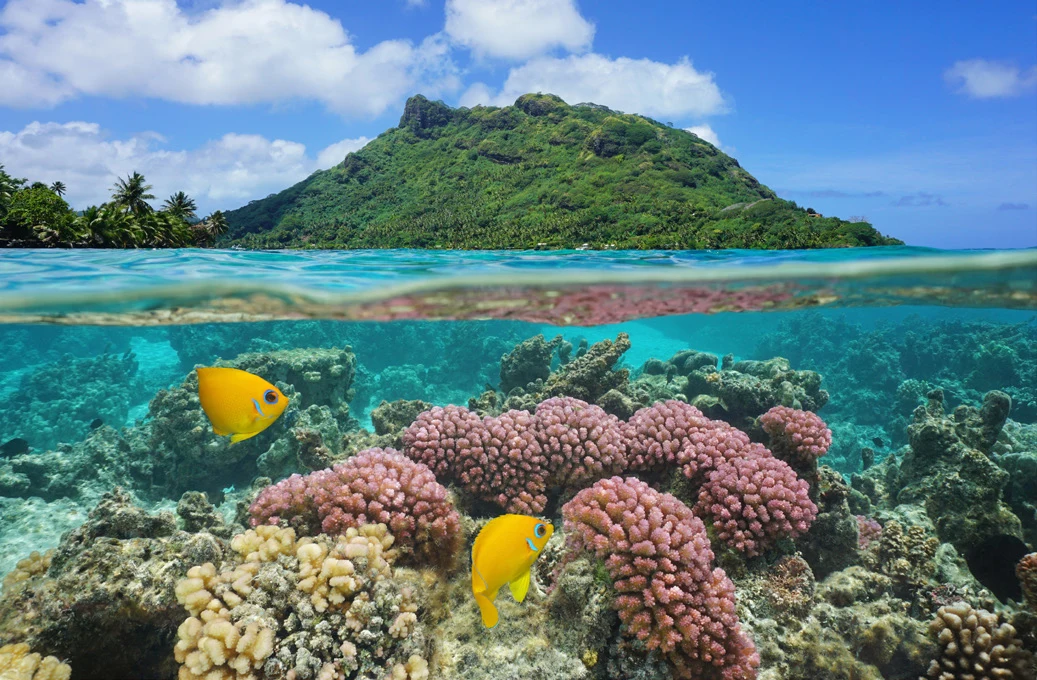
"La vida es corta pero una sonrisa sólo precisa un segundo" - life is short, but the effort of a smile takes only a second: a Cuban proverb that encapsulates the essence of those who visit this fantastic island.
In addition to the beauty of Cuba itself, what makes it so popular among sailors is the numerous islands off its coast, the Cayos; there are over 1000 of them, all waiting to be explored on your own boat!
Infrastructure in Cuba may not be top-notch, but the Caribbean's natural parks and unspoiled nature still attract visitors from all over the world. A visit to Havana, the magnificent capital characterized by 16th-century Spanish colonial architecture, is highly recommended. It's a city of contrasts that deserves a visit.
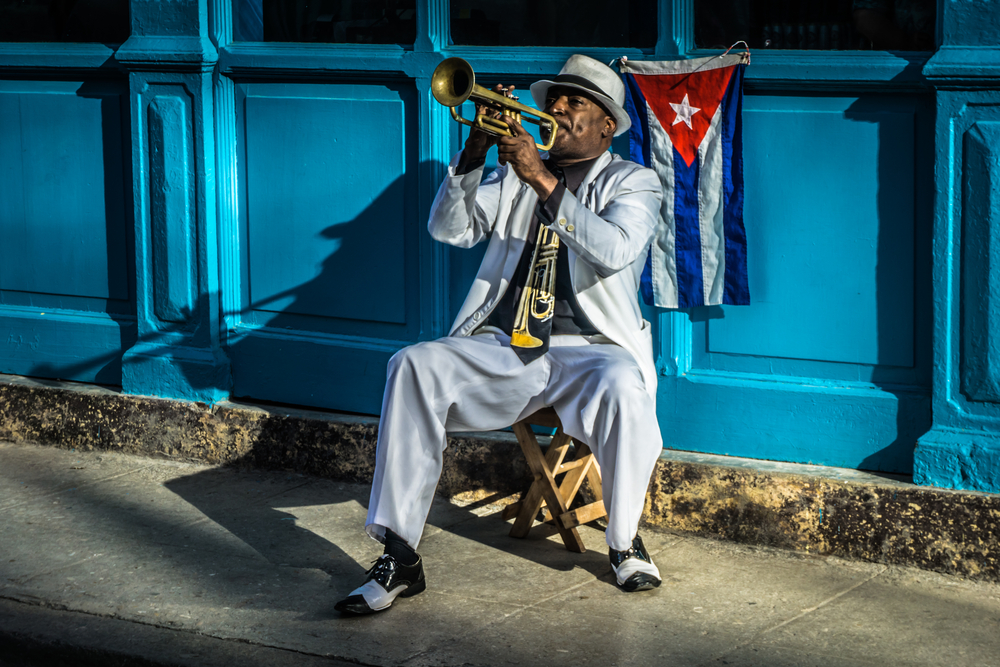
It could be said that sailing in the Caribbean is a bit like going to a buffet: a wide range of destinations, activities for every skill level, and sailing experiences for any type of sailor. Those new to sailing will find excellent facilities in the Virgin Islands, while more experienced sailors will have their hands full navigating the waters of Cuba. And if you're looking for sailing thrills, you can choose an area with long Atlantic passages between the islands.
In addition to sailing, there are numerous attractions and activities to discover in the Caribbean: water sports, snorkeling, diving, and land excursions are among the most popular. We highly recommend a visit to the Caribbean's second-largest coral reef, the Belize Barrier Reef, a true paradise for divers.
.
The marine life and underwater world in the Caribbean are a unique spectacle, as precious as they are fragile. Every corner of these destinations is a good reason to put on masks and fins and enjoy the marine beauty, but there are some spots that deserve top placement on the list. Let's explore them together:
The Baths, Virgin Gorda: Natural pools surrounded by a stunning panorama of enormous granite boulders.
Exuma Cay Land and Sea Park, Bahamas: The oldest national park in the Bahamas, an ecological reserve and wildlife sanctuary famous for its breathtaking marine environment.
Paradise Reef, Antigua: You can snorkel on a one-mile-long coral reef, which also houses the wreck of The Wreck of The Andes.
Tobago Cays, Grenadines: An area rich in coral, tropical fish, sea turtles, and nurse sharks!
The best time to visit the Caribbean is during the dry season, which runs from December to May. During this period, the weather is generally pleasant, with warm temperatures and less chance of rain. Trade winds are consistent, and there are no tropical storms, making it an ideal destination to escape the European winter.
During the rainy season (June - November), the Caribbean experiences an increase in rainfall and the risk of hurricanes, especially from August to October. If you decide to travel during this season, make sure to closely monitor weather forecasts.
.

Our regular email newsletters include information about our boats, holiday ideas, destination insights and cultural briefings. You can unsubscribe at any time and we'll treat your data with respect, never passing on your details to third parties. Find full details of our data management in our Privacy policy page
By signing up, I agree to Sailogy's T&C's and Privacy policy

Looking for inspiration for your next sailing holiday? Packed with insights on trending sailing destinations plus stories from expert sailors and first-timers, our brand new digital magazine - Magister Navis - will guide your way to your next sail.
View magazine